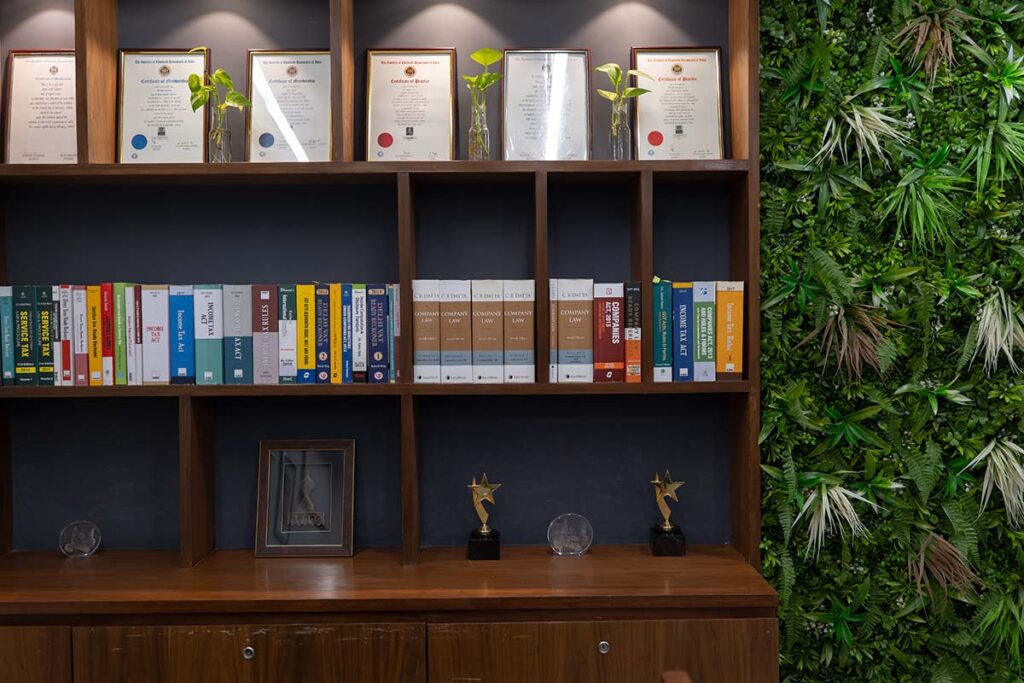Intellectual Property Rights (IPR)
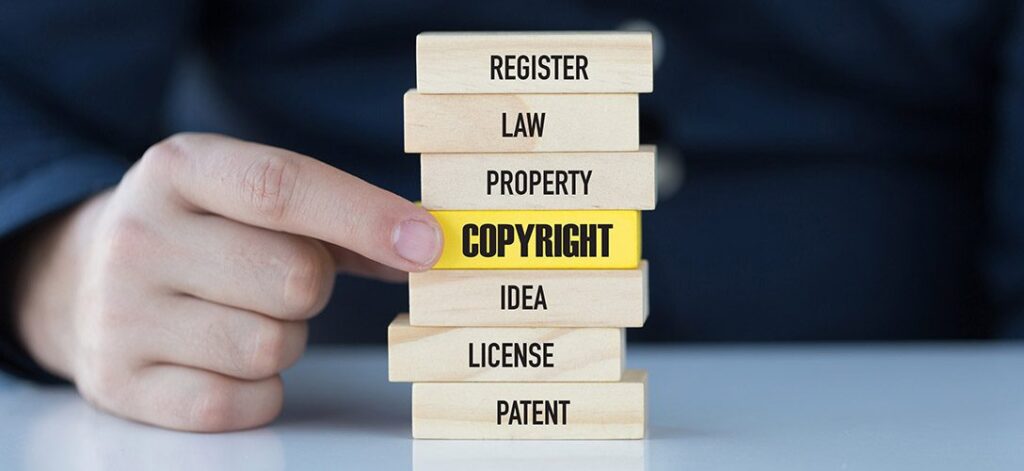
The production of the human mind and intellect is referred to as “intellectual property.”
Alternately said, intellectual property is the sliver of information that can be included in a larger entity in an infinite number of editions at numerous locations throughout the world at once. The information contained in those copies, not the copies themselves, is where the intellectual property right resides.
The most significant IPRs are patent, copyright, and trademark rights. The term “Incorporeal Assets” applies to them. Similar to patents, copyrights and trademarks signify ownership of the property, and its owners or holders may sell or assign them to another person in accordance with the law. IPR’s primary goal is to act as a potent inducement for business owners to spend money on developing new concepts and technologies. Research and development are promoted in this way.
Trademark
Consumers can identify the item by its “TRADEMARK.” With expanding businesses, trademark importance is rising quickly. It’s a resourceful asset for any business.
A trademark is a visual representation that distinguishes the products or services of one person or business from those of another. It may also include the product’s packaging, shape, and combination of colours.
Term of Trademark
A trademark registration must be kept active for a minimum of ten years, however it may be renewed on occasion. The registration may be renewed by the Registrar for an additional 10 years starting on the day the primary registration expires upon submission of an application in the prescribed form, within the defined timeframe, and with the prescribed fee.
Registration of Trademark
A power of attorney in behalf of the trademark attorney and the mark or logo that needs to be registered must be included with the application for trademark registration at the Trademark Registry.
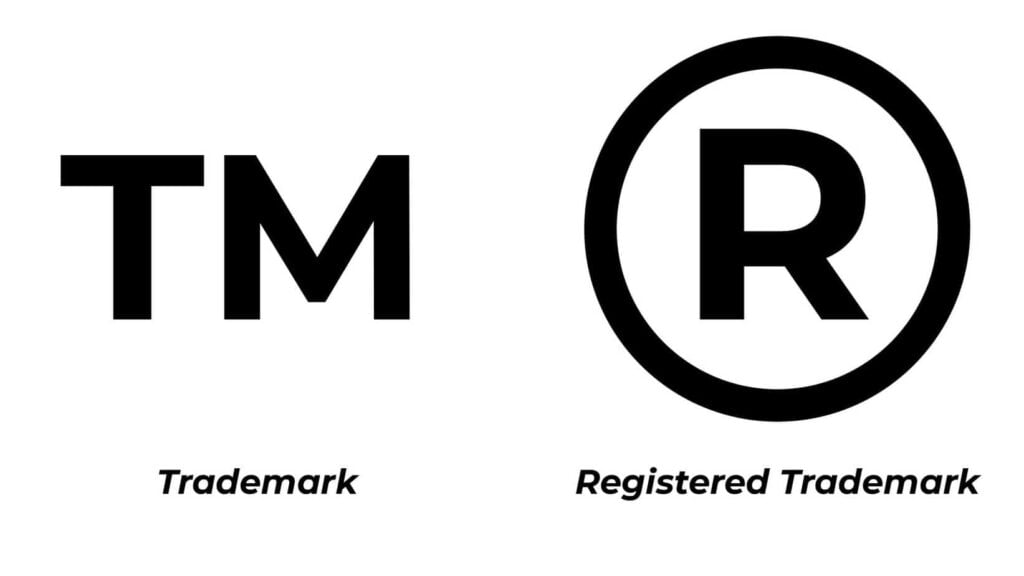
Copyright
Copyright is the exclusive right to duplicate or authorise a substitute person to recreate certain types of works, such as dramatic, creative, literary, or lyrical works. Cinematic films and sound transmission are also included. The scope of copyright protection is the author’s unique application of an idea, procedure, or concept in a material medium. But, fair use is allowed by the law.
Work must exhibit a minimal level of creativity and originality in order to be copyrighted. An abstract concept is not protected by copyright, and neither are facts. Only the author’s style of expressing the concept of putting together the facts is protected by copyright.
Term of Copyright
The typical copyright term is for the duration of the author’s lifetime plus 60 years commencing on the first day of the year following the year of the author’s death. If there are many writers, the author who passes away first will be taken into account.
The term of copyright is 60 years from the year the work is published for anonymous (without revealing the name) and pseudonymous (under assumed name) works. But, if the author’s identity is made public, the length of the copyright will be 60 years beginning with the calendar year that comes after the author’s passing.
After the first day of the year after the year the work is first published, copyright shall continue for 60 years.
Registration of Copyright
Anyone else who is interested in the copyright of a work, such as a broadcaster, author, or owner, may submit an application to the Registrar of Copyright using the approved form. Such applications should only be submitted in relation to a single piece of work. The application must be submitted three times with the required fees. Every other party with an interest in the work’s copyright must receive a copy of the registration application at the same time as the applicant.
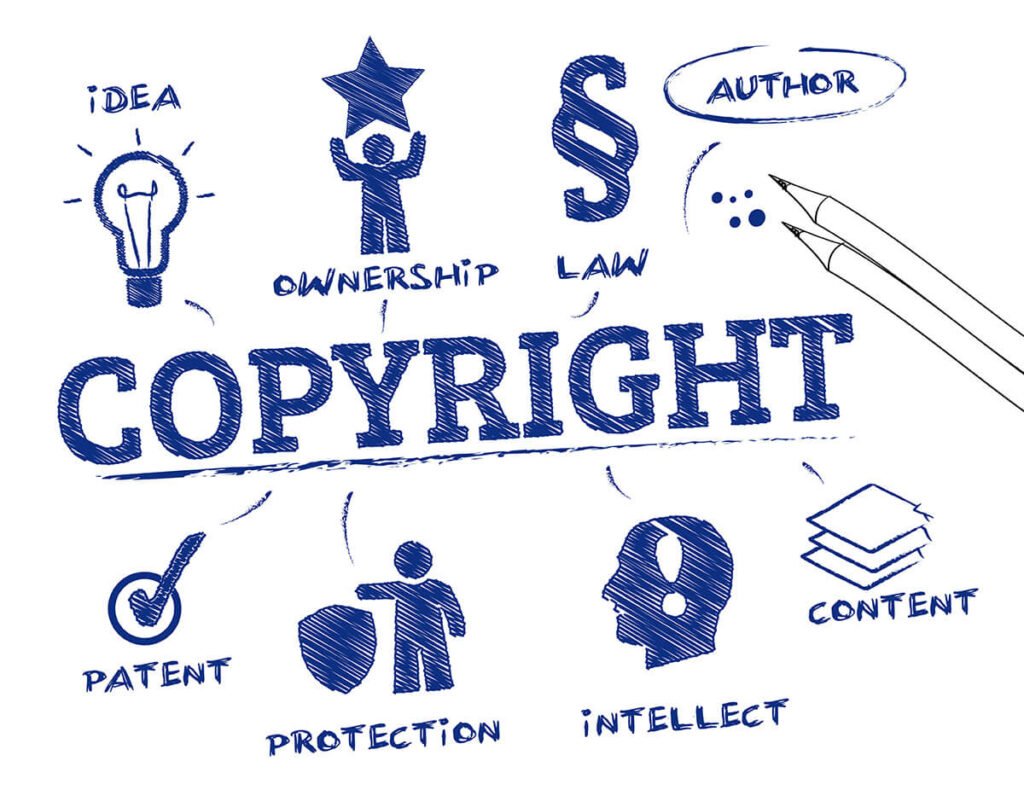
Patent
Patent
The goal and function of patent law is to promote innovative industrial, technological, and scientific endeavours. Permission from any and all authorities to own, use, or trade an invention’s formula or the product itself for a set period of time allows for the revival of the product’s commercial potential.
Patent refers to a patent issued under the 1970 Patents Act.
In general, a patent is a grant from the government that gives the grantee the exclusive right to make, sell, and use the invention for which it has been awarded, as well as the right to authorise others to do the same for a set amount of time.
What is patentable? Any “innovation” can be patented, is the response. A novel product or method that involves a “inventing step” and is “capable of industrial application” is referred to as a “invention” in this context.
A trait that prevents an invention from becoming obvious to someone competent in the field is referred to as a “inventing step.”
The phrase “capable of industrial application” indicates that the innovation can be manufactured or employed in industry.
As a result, a “Patentable Invention” is a novel innovation that involves an inventive step, is applicable to industry, and can be protected by a patent.
Process for Patent Granting
An applicant may submit an application for a patent of an invention along with a provisional description of the invention. A provisional specification is one that can be submitted for the recorded priority date as soon as the patent is conceived. But once the full specification has been submitted, the application is only then reviewed.
The entire specification in the document, which includes the drawing and claims in addition to a thorough description of the invention. Also, the clear declaration includes the detailed illustration for its earlier artwork.
The application for a patent must be published in the Official Journal as soon as it is received. At this point, it is possible to object to the application, and if necessary, the objector will also be given the chance to be heard. A notice of opposition must be sent within three months of the application’s publication date in the Official Journal or prior to the issuance of a patent, whichever comes first.
The patent will then be granted by the Controller of Patents, provided that-
- The application has not yet faced opposition, and the deadline for objection submission has passed;
- The application has faced opposition, but the opposition has ultimately been ruled in the applicant’s favour.
- The Controller of Patents has not rejected the application using any authority that has been granted to him.
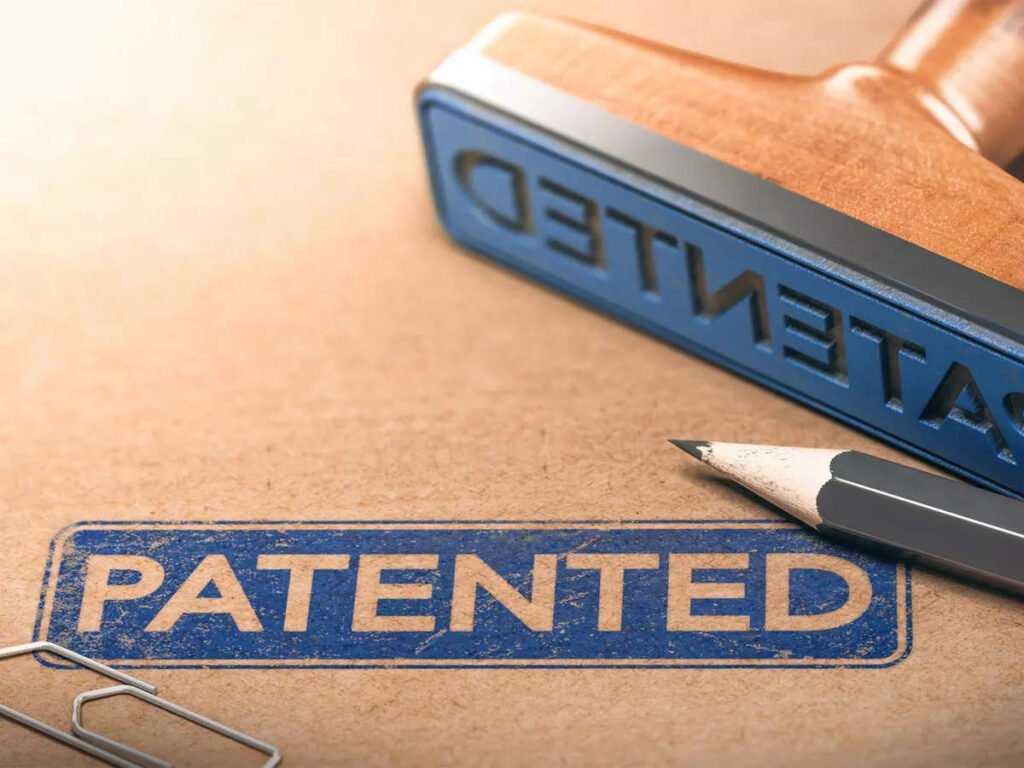
How SalahKaro Group Helps on IPR!
- We assist with the creation of the application and other necessary paperwork for trademark, copyright, and patent registration.
- With the help of our team of professionals, we manage the entire application process to register IPRs with the appropriate authorities.
- When responding to the authority after receiving an objection to an application, we find the process to be quick.
- When there is a hearing to oppose an IPR application, we represent clients’ interests on your behalf before the appropriate department.
- The clients don’t have to worry about the subsequent process because we work with the appropriate department to process the application.
- Helping with the complete process of obtaining the registration certificate for IPRs.
